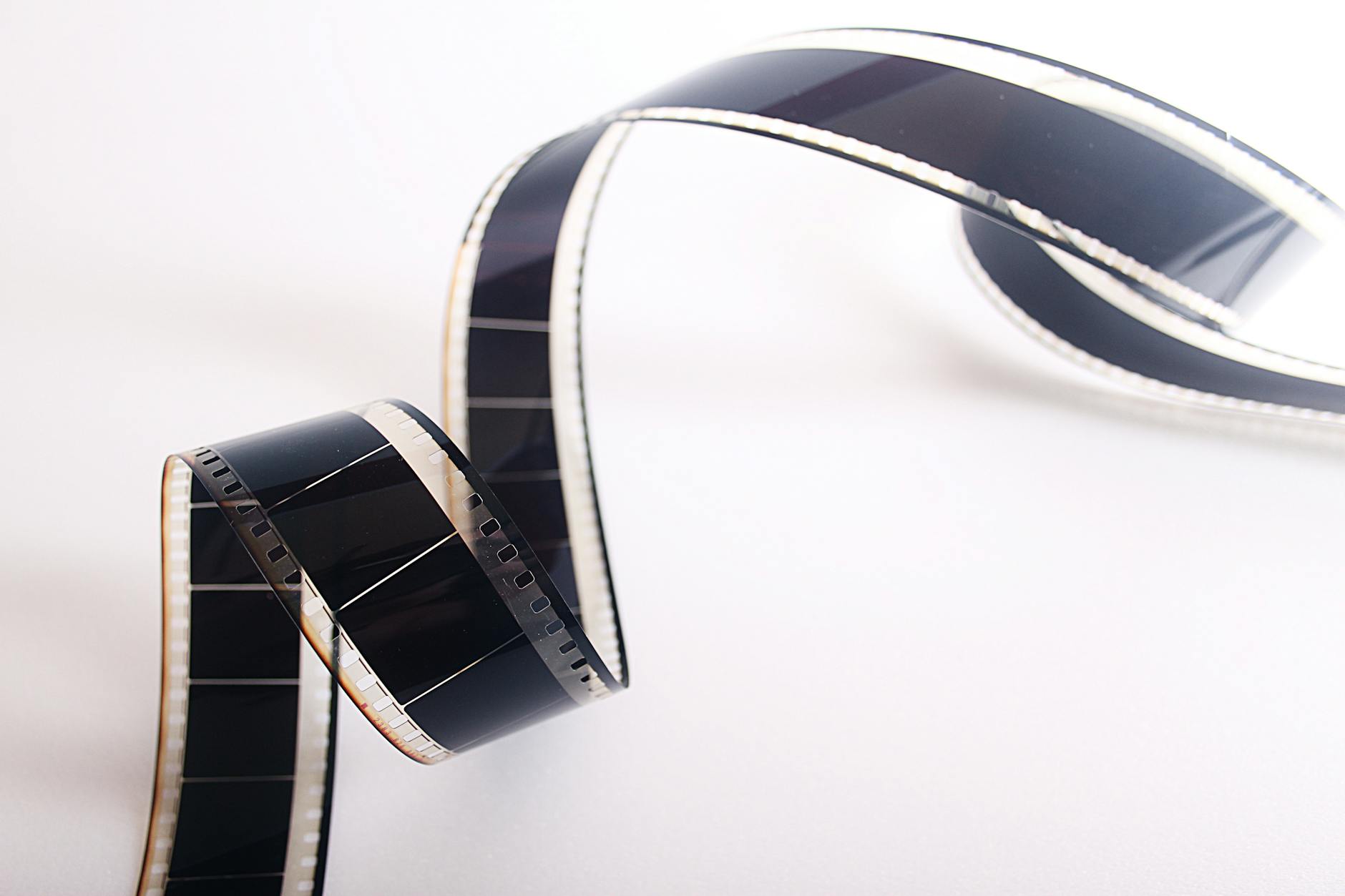A Beginner’s Guide to Shooting in RAW Format
If you’ve been dabbling in photography, you’ve likely come across the term “RAW format.” Many professional photographers swear by it, but if you’re new to the concept, it can seem intimidating. In this guide, we’ll break down what RAW format is, why it matters, and how to start using it to elevate your photography.
What is RAW Format?
RAW is a file format that captures all the data your camera sensor collects during an exposure. Unlike JPEG or PNG formats, which compress and process your image, RAW files are uncompressed and minimally processed. Think of RAW as the “digital negative” of photography—it’s the purest version of your image, giving you more control in post-processing.
Why Shoot in RAW Format?
1. Better Image Quality
RAW files retain more detail and color information compared to JPEGs. This means sharper images, more vibrant colors, and smoother gradients.
2. More Editing Flexibility
With all the captured data intact, RAW files allow you to adjust exposure, white balance, shadows, highlights, and other settings without losing quality.
3. Recovering Details
Made a mistake in exposure? RAW files often allow you to recover blown-out highlights or underexposed shadows during editing.
4. Professional Results
RAW files enable more precise edits, which is crucial for achieving a polished, professional look.
What’s the Downside?
While shooting in RAW has significant advantages, there are a few drawbacks: RAW files are much larger than JPEGs, which can fill up your memory cards and storage quickly. RAW files usually look flat or dull straight out of the camera and require processing with software like Adobe Lightroom, Capture One, or a free option like Darktable. Finally, RAW files often require special software to open, as they’re not universally viewable like JPEGs.
How to Shoot in RAW Format
Getting started with RAW is easy! Check your camera’s manual or settings menu for the image quality options and look for RAW or RAW+JPEG. Many photographers opt for RAW+JPEG to have a processed JPEG version alongside the editable RAW file. After selecting RAW, take photos as usual; the process remains the same, but the files will now save as RAW.
How to Edit RAW Files
Once you’ve captured your RAW images, you’ll need to process them to bring out their full potential. Import your RAW files into an editing program, adjust key settings like exposure, contrast, and white balance, then export your final image to a shareable format like JPEG.
Why RAW is Worth It
For beginners, switching to RAW can feel like a big step, but the benefits far outweigh the effort. Shooting in RAW gives you the flexibility and quality to grow your skills and create images you’re truly proud of.
Try it Yourself!
Switch your camera to RAW or RAW+JPEG mode and shoot a few photos of the same subject. Import them into editing software and compare the edited RAW file to the unedited JPEG. You’ll quickly see why RAW is a game-changer for photographers of all levels.
Have questions about RAW, or want to share your experience? Drop a comment below—I’d love to hear from you!

Leave a Reply